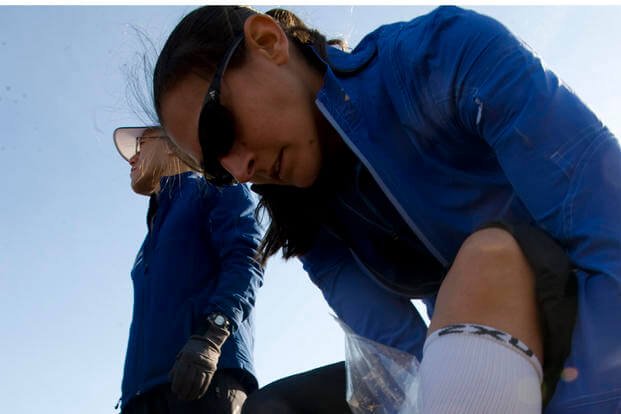When preparing for military special ops programs like Army Special Forces or Rangers, you will be doing plenty of running and rucking. Building up to handle that volume is a pre-basic training requirement.
However, when you are used to including non-impact cardio into your run-and-ruck progression training and now have no access to those machines, you will have to get creative to work in cardio recovery days. Reducing the impact of running and rucking will save soft shins, joints and muscles that are not fully ready for daily impact cardio.
Here is a question from a young man getting ready for an Army 18x recruit program that will place him in the Special Forces training pipeline after basic training, infantry school and airborne:
Stew, I have been blessed with more time to train due to the current situation with this virus; however, I cannot yet handle adding more running or rucking outside of my normal progression (from your recommendation). Here are my questions.
1) I have no access to non-impact machine cardio anymore and was doing them every other day between running for the next few weeks. Any recommendations?
My advice is walk to keep moving -- maybe jog or walk on grass, sand, trails, turf or softer ground, if possible. Avoid concrete and asphalt pavement even on running days, if you can. Consider getting an inexpensive bike or borrowing one from a friend to add to your training options. You may feel you get more out of a bike, especially if you can find some hills on leg days.
2) I am still working through issues with my shins, but I have been feeling more solid on runs. Should I be focusing on hitting the run paces or be more focused on actually hitting the distance?
I would focus on the pace, avoid wearing boots for now and only wear good running shoes. Find softer ground, if possible, to help. It is most likely the total volume of running that is hurting your shins, so limiting more miles is better as you progress through this sticking point.
3) When or if my legs start to become painful, should I still focus on calisthenics or replace everything in the workout with a mobility day?
I would avoid the impact of running if your shins are hurting and walk on softer ground or ride a bike. Then stop that if that activity hurts them and get on an ice/rest regimen. Continue with the squats, lunges and other leg exercises (other than jumps) if the leg muscles and joints (ankles, knees, hips) are not hurting.
If you are dealing with soft-tissue pains in your legs, you should do more mobility and flexibility exercise, not just on a mobility day off, but after each day you run or do leg PT. Make sure you take a mobility day any day you need it.
If you are "blessed" with extra time as a result of social distancing, sometimes training harder is not the right idea. In fact, this is a perfect time to recover a bit and heal any aches and pains.
Recovery is important, and you actually can have the time to do just that. Hang in there and keep active, but do not hurt yourself in the process by overdoing it just because you have the time to do so.
Stew Smith is a former Navy SEAL and fitness author certified as a Strength and Conditioning Specialist (CSCS) with the National Strength and Conditioning Association. Visit his Fitness eBook store if you're looking to start a workout program to create a healthy lifestyle. Send your fitness questions to stew@stewsmith.com.
Want to Learn More About Military Life?
Whether you're thinking of joining the military, looking for fitness and basic training tips, or keeping up with military life and benefits, Military.com has you covered. Subscribe to Military.com to have military news, updates and resources delivered directly to your inbox.
















